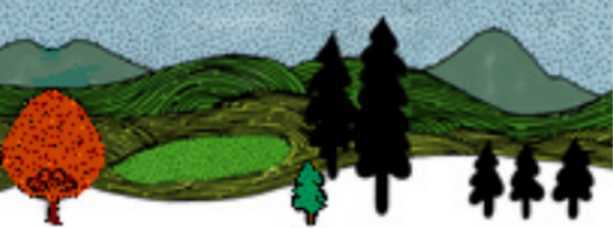

EconUSA Telecourse
Study Guide - Exam 1
This first exam is along exam,
approximately 80 multiple choice questions plus a few short answer
essay questions. The multiple choice questions are taken entirely
from the text-book. The short answer essay questions are taken from
the articles in the reading packet. The multiple choice questions are
pretty evenly divided over all 5 chapters covered.
CHAPTER 1
For multiple choice questions,
know the following definitions & the concepts:
- The definition of economics,
including the concepts of resources, scarcity, and
choice.
- The factors of production:
land, labor and capital
- The concept of opportunity
cost and applications
- Model building in
economics
- The Production Possibility
Curve - what it represents and how to interpret it
- Negative and positive slopes
of graphs
- Direct and inverse
relationships
- The shifting of a line versus
the movement or sliding of a point along a line
CHAPTER 2
For multiple choice questions,
know the following definitions & the concepts :
- The law of demand and the law
of supply
- The difference between demand
and quantity demanded
- The factors that influence
demand
- How the market demand curve
is drawn and what it represents
- The difference between supply
and quantity supplied
- The factors that influence
supply
- How the market supply curve
is drawn and what it represents
- The meaning of the
equilibrium price
- How the price system
determines the four basic functions: what is produced, how it is
produced, for whom it is produced and how the economy
grows
- Limitations to the price
system: public goods, externalities (external diseconomies);
inequitable distribution of income
- What causes demand and supply
curves to shift
- The effects of demand and
supply curves shifting
CHAPTER 3
For multiple choice questions,
know the following definitions & the concepts :
- What the GDP is, what it
measures and its importance
- Final goods and services,
intermediate goods, value added
- What the GDP excludes
- Problems or limitations of
the GDP (both text and articles)
- Price indexing and how it is
used
- Two ways of calculating GDP:
expenditures approach and income approach
- Read the articles carefully,
including how the GDP was developed
CHAPTER 4
For multiple choice questions,
know the following definitions & the concepts :
- The phases of the business
cycle (the 4 phases of business fluctuations)
- Recession, depression, glut
(they're all the same thing)
- What the aggregate demand and
aggregate demand curves represent
- The types of unemployment and
the costs that they impose on society
- The classical view of
unemployment; the definition of full employment
- Marx's view of
unemployment
- Keynes' view of
unemployment
CHAPTER 5
- For multiple choice
questions, know the following definitions & the concepts
:
- The nature of the consumption
function; the relationship between disposable income and
consumption spending; how is it graphically
represented?
- What is the "marginal
propensity to consume" (MPC)? How is it calculated? How is it
represented graphically? What is the slope of the consumption
function?
- What is the "average
propensity to consume" (APC)? How is it different from the
MPC?
- What is the "marginal
propensity to save" (MPS)? What is the relationship between the
MPC and the MPS?
- What factors determine the
level of gross investment? What is the price of (borrowing)
money?
- What is "equilibrium GDP"?
How is equilibrium GDP represented on a graph?
- Why does equilibrium GDP
equal spending? Why does equilibrium GDP equal income? Why does
spending equal disposable income?
- What is disposable income?
- How is the income-expenditure
graph related to the aggregate demand-aggregate supply
graph?
- How does GDP change? Why is
investment "volatile"?
- What is the "multiplier"? How
is it calculated? What does it represent?
- Why does an economy's GDP
fall more rapidly than its Investment? (See Case Study 2.2 p.127)
Why does an economy's GDP grow more rapidly than its level of
spending?
- What other factors influence
consumption spending? What are the causes and effects of shifts in
the consumption function?
- What causes the graph of the
consumption function to shift?
- What are Keynes' criticisms
of the classical view? According to Keynes are prices and wages
flexible enough to full adjust? Why or Why not? According to
Keynes how can their be unemployment even though the economy is at
equilibrium?



